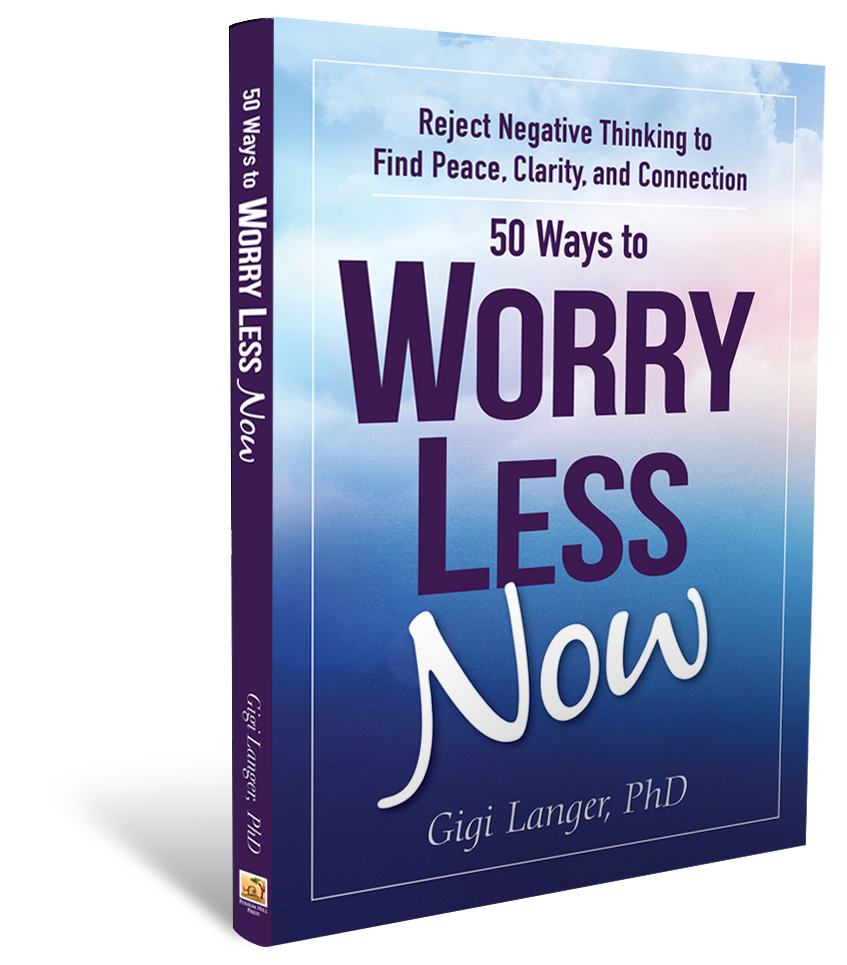Looking for inspiration and release from worry in these challenging times? Feeling a conflict between your human instincts and your divine spirit? I offer you two beautiful passages that clarify the temporary nature of struggle, and our higher power’s healing presence through it all–even during Covid!

MY VERY FAVORITE WORDS: “Worry not, my child. All earthly experiences teach only one thing: That you are forever a child of a loving God who punishes you not.”
“We are merely rendering the barriers to love harmless by walking through them together.”
The Human Experience, Part 1
Many years ago, my friend Mo recorded several passages from A Course in Miracles (ACiM); the last one was called “The Human Experience,” but it did not come from ACiM. Do you know where it’s from?? I posted the first half of it here: A Mystery Quote: “Songs of Plenty and Songs of Want.” Here’s the second half, a true message of hope and trust. I love it so!
The Human Experience, Part 2
“Worry not, my child. All earthly experiences teach only one thing: That you are forever a child of a loving God who punishes you not.
“You’ve elected to learn these lessons so that you can be free. You can’t be free until you have faced, and then walked through, your worst fear. What your worst fear is changes from time to time.
Walking through your worst fear transforms it into an old meaningless fear. Then a new worst fear will come to take its place. Call the fear poverty, rejection, abandonment, loneliness, death, meaninglessness, or helplessness. Walk through them you will, until they are all gone.
“What you forget is that you don’t have to walk through them alone. I am here and will walk through them with you. Trust me, my child. Ask not that any specific burden be lifted. Ask instead for my presence to walk through with you. We are simply rendering the barriers to love harmless by walking through them together.
“The human experience provides all these lessons to all who walk through them. You walk through them with pain and sorrow if you choose to do it alone. Or you walk through them with peace and joy if you take me along.
The whole point of the lessons is to realize that they are dreams. You only see that when you can see from the place beyond the dreams, after you have awakened. Then you sleep again, and another dream will come to take its place, and we will walk through it. And you will awaken again to see the harmlessness of the dream.
“Ask me to guide you. Ask me not to solve what you perceive as your problems. What you perceive as problems are dreams and dreams are not real.
“Practice fearlessness, my child. Turn over all your fears to me. My way will lead you to discover the light which is already within you.
“There is nothing my love for you will not conquer. We have already traveled this path together, and we are at the end. Try to remember, my child, the song of rejoicing we heard when we arrived safely back in the arms of the Father.
“Your mind has wandered from the truth of that memory. You daydream again. The thoughts of the mind are undisciplined but the mind is at home in the heart of God. Only the thoughts drift away for a moment.
“Call to me dear soul. When you call from the part of your heart that knows we are together still, I will be there and you will be here in an instant.
“Peace and joy to you, dear one. Only joy and peace are eternal. All else is illusion. You have been to joy and peace and you do know the truth. Ask me to remember, and I will. Peace. Peace. Peace.”
Connect with God’s Love and Love One Another
Isn’t that beautiful? We need not fear because comfort and courage walk with us through every experience–even those that scare our pants off! Perhaps we’re here for this very reason: to render “the barriers to love harmless by walking through them together.” Let this be the message of this holiday season.

Gigi Langer has been sober 34 years, and holds a PhD in Psychological Studies in Education from Stanford University. Formerly crowned the “Queen of Worry,” Gigi resigned her post many years ago and now lives happily in SW Florida with her husband, Peter and her cat, Murphy.

In Worry Less Now, Gigi shares her personal journey as a prisoner of fear, worry, and substance abuse, along with practical techniques anyone can use. Award-winner with rave reviews. Amazon rating: 4.8 stars. Buy signed copy HERE



